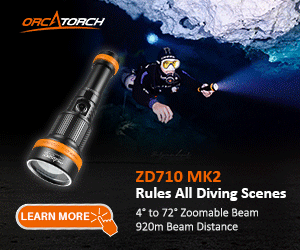I dive a Faber 15l steel tank rated for 232bar (that amounts to 122cft)
What makes it a little akward is the diameter which moves the center of gravity far back.
I still need the volume of air but if I ever use less air i might change to a long 12l steel tank.
Free fills are nice but driving 1 hour through town jusat is not worth it. The cost of air fills is negligible when time is the limiting factor :blinking:
What makes it a little akward is the diameter which moves the center of gravity far back.
I still need the volume of air but if I ever use less air i might change to a long 12l steel tank.
Free fills are nice but driving 1 hour through town jusat is not worth it. The cost of air fills is negligible when time is the limiting factor :blinking:



